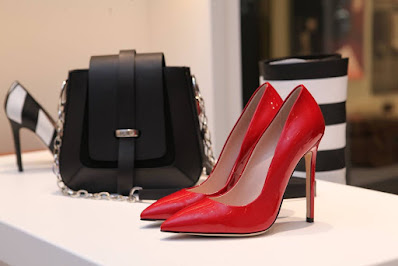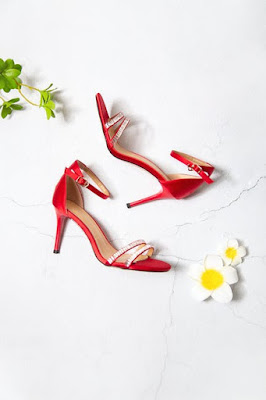Fashion vision and Conference
Anna Billy Davis (Haft, UK) opened the first meeting, exploring the intersection between politics and fashion. Theresa May is facing media attention for her choice of shoes, following a long tradition of politicians and leaders throughout history who are under constant scrutiny over her choice of clothing. Leaders are often seen representing the country they lead, as well as using fashion as a means of demonstrating power and communicating ideas, whether it's gold and jewelry. Be it the Tottenham Commons and its costumes, or Louis IV's emphasis on luxury and luxury, or contemporary politicians like Alan Sirleaf, who have combined traditional African clothing with Western design and colors to make themselves a commonplace. Display Liberia as not belonging to a single tribe.
He then summarized the literature, which showed how clothing and footwear had a powerful effect on first impressions. There are also many studies on how people make decisions about professionals in different industries based on their attire, from librarians and doctors to soccer referees. However, current literature on MPs focuses on how voters interpret their clothing. To the best of our knowledge, this is the first time that a study has been done on how MPs view others. Our survey found that almost a quarter (23%) of MPs in the survey admitted that they would do justice to someone they wore shoes with. Forty-two percent of conservative MPs, who are divided along party lines, said they would do justice to those who wore shoes with someone, compared to only 9 percent of Labor MPs.
Based on current studies, Huft speculates that more conservative politicians (large "C") will be more inclined to choose to wear more conservative shoes (smaller "C"). In fact, our findings show that conservative women prefer more formal shoes, such as heels, while working women choose flats and trainers. Interestingly, men from all political parties are attracted to formal shoe options such as oxfords and polished shoes. I conclude by noting that our study, as far as we know, represents for the first time that MPs are being tested as actors in their own fashion decisions, rather than in the form of pictures of voters. Is checked. We also hope that this research study will help us understand our broader understanding of how people judge others by their clothing.





Comments
Post a Comment